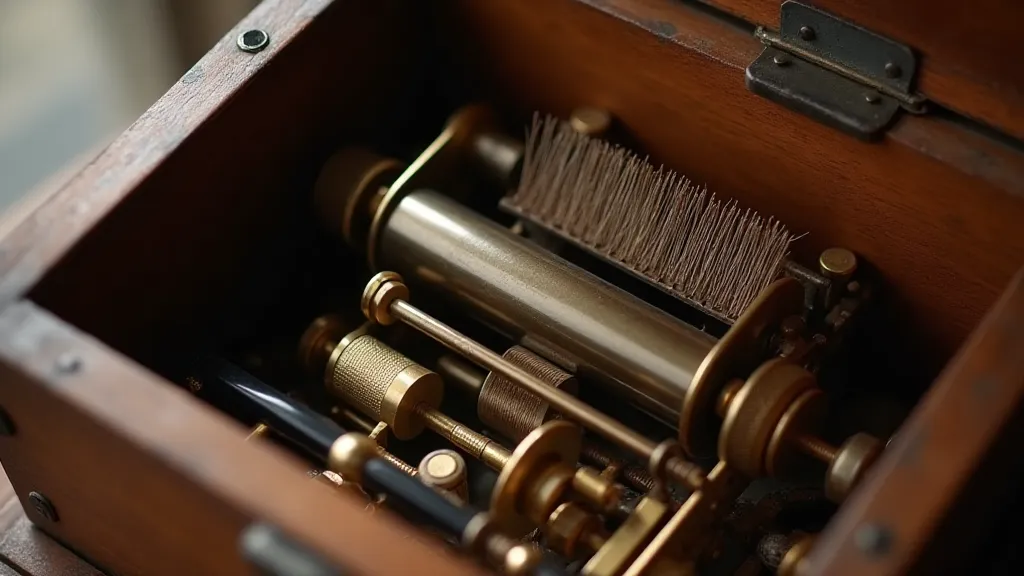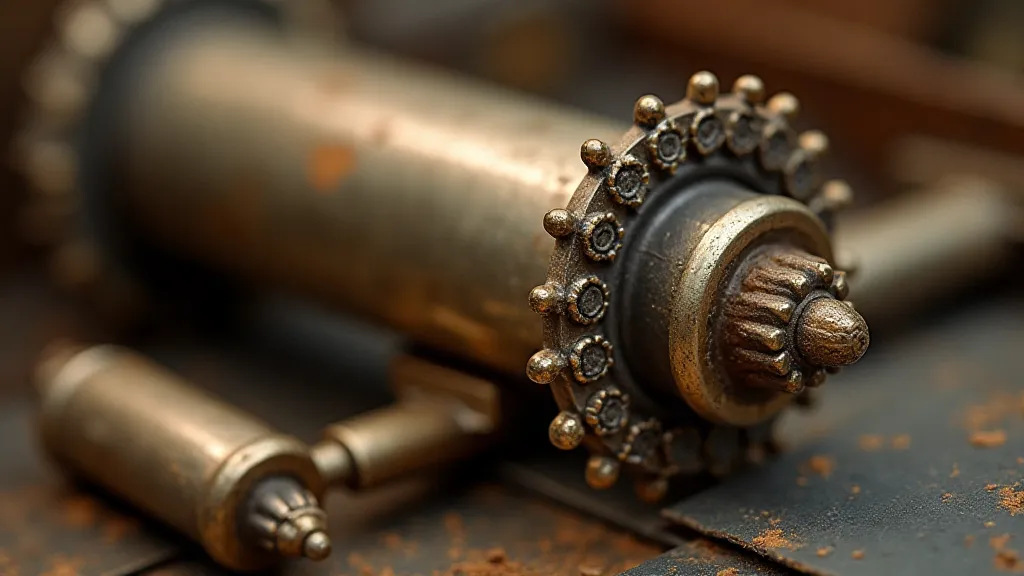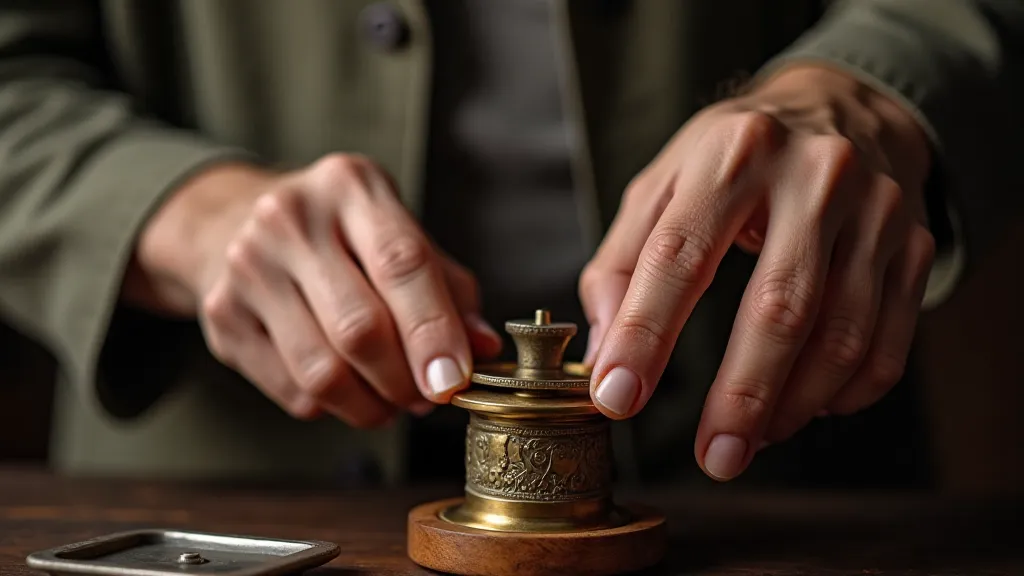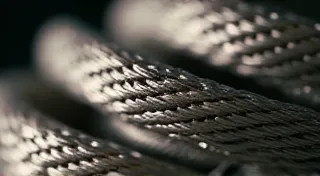The Collector’s Labyrinth: Navigating the Rarities and Fakes in the Antique Music Box Market
There's a peculiar magic woven into the delicate mechanisms of antique music boxes. It’s not just the charming melodies they produce, though those are undoubtedly enchanting. It’s the whisper of history – the echoes of ballrooms, nurseries, and drawing rooms from a bygone era, all encapsulated within a tiny, intricate world. My own journey into collecting antique music boxes began with a single, unassuming cylinder box found at a dusty antique shop. The moment it played a fragile rendition of "Claire de Lune," I was utterly captivated. The beauty wasn't merely auditory; it was tangible, emotional, a connection to a past I'd never known.
But this labyrinth of melody and history isn't always straightforward. The allure of antique music boxes has unfortunately attracted those less interested in preservation and more interested in profit. The market is rife with fakes, reproductions, and heavily restored boxes misrepresented as originals. Becoming a discerning collector requires more than just an appreciation for the music; it demands a keen eye, a healthy dose of skepticism, and a willingness to delve into the intricate details of their construction.
A Brief History: From Novelty to Heirloom
The story of the music box is intertwined with advancements in clockmaking and automation. While precursors existed, the true genesis is generally attributed to the Swiss watchmakers of the late 18th century. Initially, these were novelties, luxury items for the wealthy demonstrating technical prowess. The early mechanisms were relatively simple, often playing only a few bars of a tune. As the 19th century progressed, more sophisticated movements were developed, capable of playing longer and more complex pieces. German manufacturers, particularly those in the Black Forest region, rose to prominence, producing a vast array of cylinder and disc boxes at varying price points.

The golden age of music boxes spanned from the mid-19th to the early 20th century. They transitioned from simple novelties to cherished heirlooms, often passed down through generations, each box carrying a personal story and a connection to the past. The craftsmanship was extraordinary. Skilled artisans meticulously crafted the wooden cases, often embellishing them with intricate inlays, marquetry, and hand-painted scenes. The metal movements were equally impressive, requiring precision engineering and a deep understanding of mechanics.
Identifying the Clues: Distinguishing Authentic from Replica
So, how does one navigate this landscape of authenticity and deception? Let's examine some key indicators. Firstly, research the manufacturer. Established companies like Polyphon, Feurbach, Paquet, and Viennese manufacturers each have distinct characteristics in their movements and cases. Fakes often lack the precision and hallmarks of genuine production.
Movement Examination: The movement is the heart of any music box. Authentic movements are typically well-engineered, with clean, precise markings. The pins on the cylinder (in cylinder boxes) or the surface of the disc (in disc boxes) will be consistently spaced and well-defined. Look for signs of sloppy workmanship – uneven pin spacing, rough edges, or corrosion.
Case Materials and Construction: The materials used in the case are another crucial indicator. High-quality antique music boxes were made from durable, resonant woods like rosewood, mahogany, or walnut. The construction should be solid and well-fitted, with tight joints and smooth finishes. Fakes often use cheaper, less durable woods, and the construction may be flimsy or poorly finished. Check for water stains or other damage which, while common in vintage pieces, can be deceptive if strategically applied to mask cheaper materials.
Markings and Labels: While markings can be forged, their presence or absence is a valuable clue. Authentic music boxes will usually have a maker's mark, a model number, or a patent date stamped on the movement or case. Research these markings to verify their authenticity. The style and font used in the markings can also be indicative of the era of production. A missing mark is not necessarily a sign of a fake, as markings can be lost over time, but it warrants closer scrutiny.
Restoration: A Delicate Balance
Many antique music boxes have suffered wear and tear over the decades. Restoration is often necessary to revive them and ensure their longevity. However, restoration is a delicate process that must be undertaken with caution. Over-restoration can significantly devalue a music box, especially if original parts are replaced with reproduction parts. Ideally, restoration should focus on preserving the original condition as much as possible. Cleaning, lubrication, and minor repairs are often sufficient. Replacing a cylinder or disc is a more invasive procedure and should only be undertaken by a qualified professional.

The Emotional Resonance of a Collector's Quest
Collecting antique music boxes isn’s simply about acquiring objects; it's about connecting with the past, appreciating the artistry of skilled craftsmen, and preserving a piece of history. Each box has a story to tell – a tale of ballrooms and nurseries, of celebrations and quiet moments. It’s a quest filled with challenges – the risk of deception, the delicate nature of restoration – but the rewards are immeasurable.
I recall one box, a petite rosewood cylinder box with a painted floral scene. The mechanism was seized, the case scratched. It took months of careful cleaning and lubrication to get it playing. When that fragile melody finally emerged, it wasn't just the music that resonated; it was the satisfaction of breathing life back into a piece of history. It’s a feeling that keeps me captivated by this intricate world, a collector’s labyrinth of melody and memories. The pursuit is ongoing, the learning continuous, and the appreciation ever-deepening.






